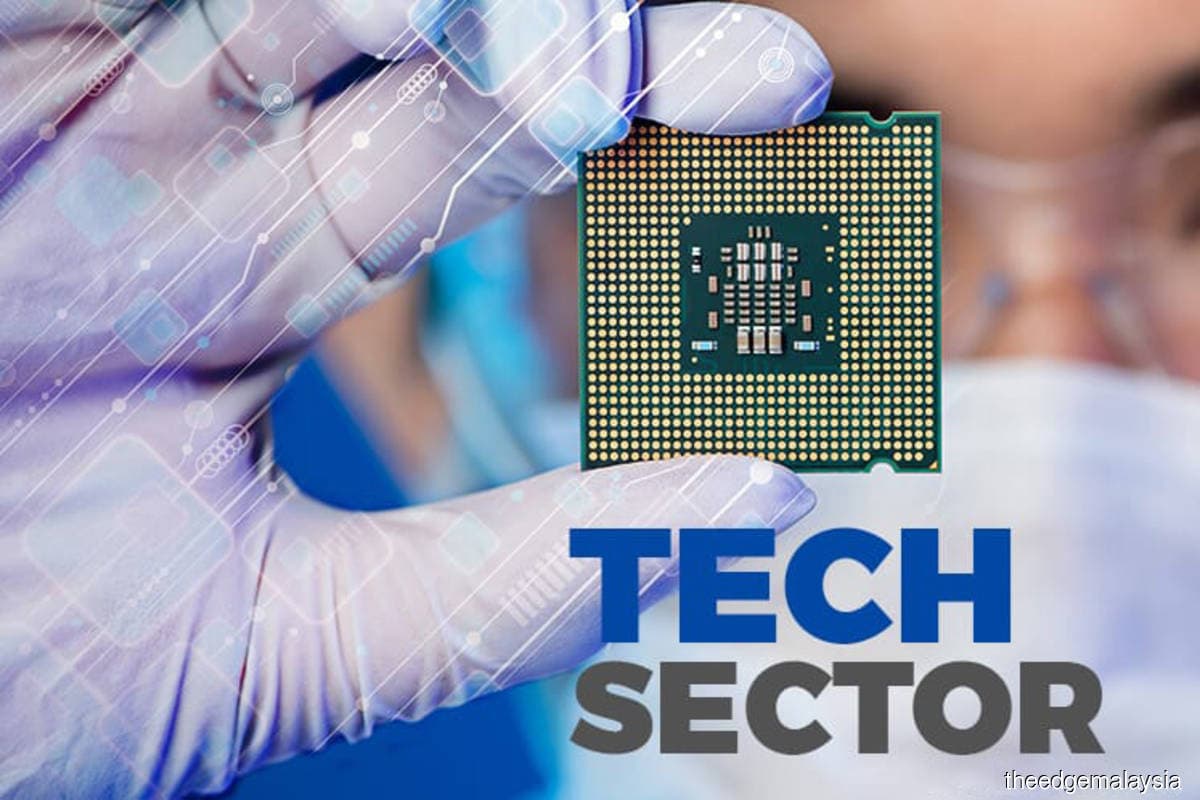
KUALA LUMPUR (Feb 5): Public Investment Bank Bhd (PIVB) has maintained an "overweight" call on the technology sector, following various upbeat outlook reports for global wafer capacity, semiconductor sales, equipment orders and personal computer (PC) sales.
In a note, the research bank said it is increasingly confident that the global technology downcycle has bottomed out.
"Malaysian players have started seeing the spillover effects from the intensifying United States (US)-China trade sanctions, as more technology-related investments are pouring into Malaysia, while some Chinese players are considering passing some chip-packaging orders to Malaysian peers.
"As sentiment improves, capital expenditure (capex) spending cycle has also resumed," it said, adding that it anticipates robust growth for chip packaging in Malaysia.
PIVB noted that in a bid to diversify the supply chain and hedge risks against intensifying US chip export and chip-making equipment controls, a growing number of Chinese semiconductor design companies are tapping on Malaysia’s advanced chip-packaging services to assemble a type of graphic processing unit (GPU) that can be used in AI training.
"Sources cited that the requests only encompass assembly and do not involve fabrication of the chip wafers, which would not contravene any US restrictions.
"The artificial intelligence (AI) boom has brought various technological breakthroughs into smartphones, applications, PCs and autonomous cars," it added.
Meanwhile, the research house noted that global semiconductor equipment sales are set to recover, while the wafer fab equipment segment's growth is projected to rebound by 3.0% in 2024, with sales forecast to reach a new high of US$124 billion in 2025.
This will be driven by capacity expansion, new fab projects and high demand for advanced technologies and solutions across the front-end and back-end segments.
It also said a further 18% growth in 2025 is expected, driven by new fab projects, capacity expansion, and technology migration that will drive investment to US$110 billion.